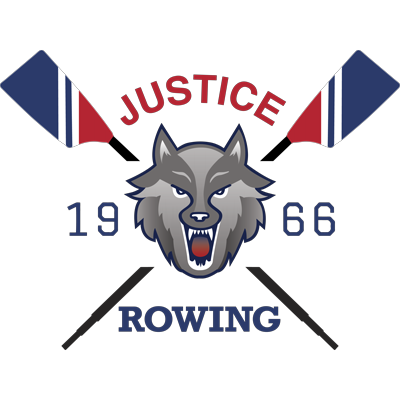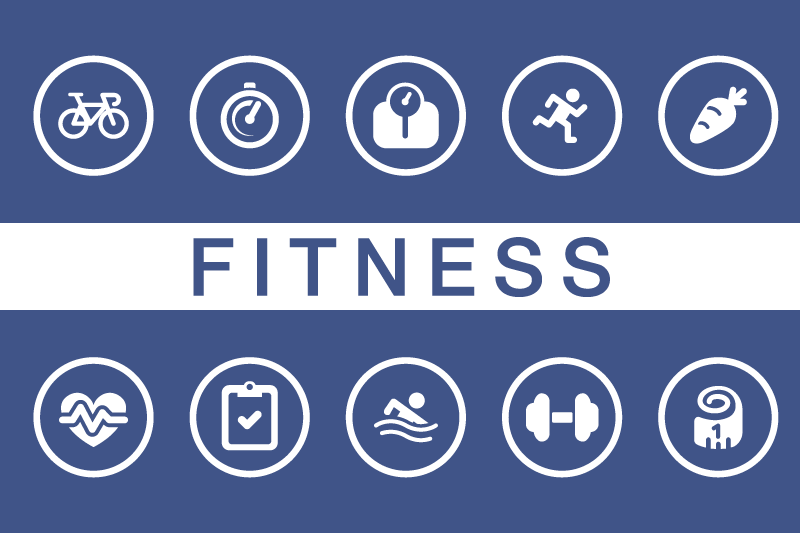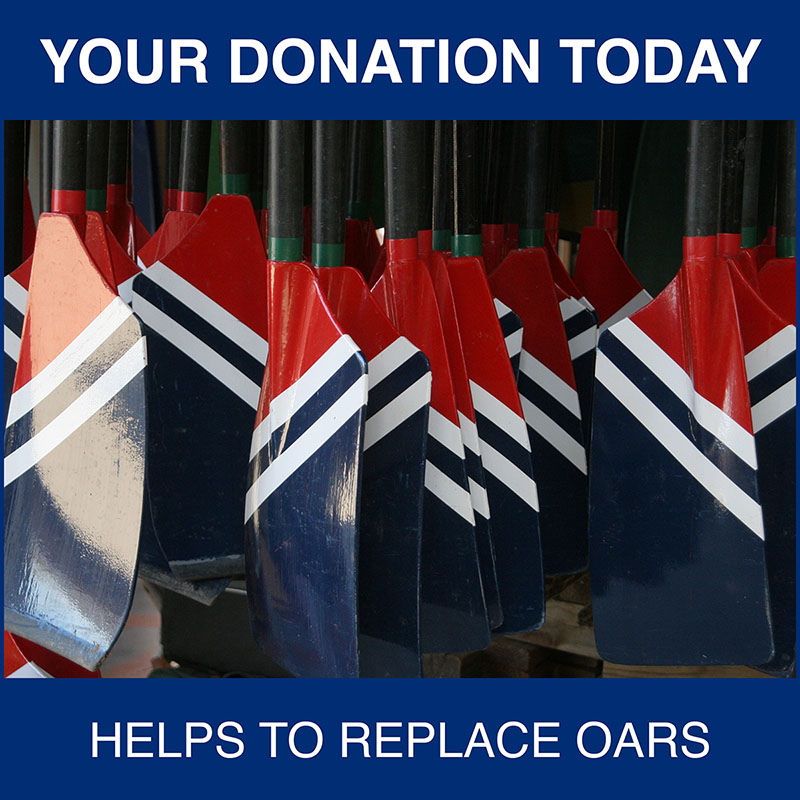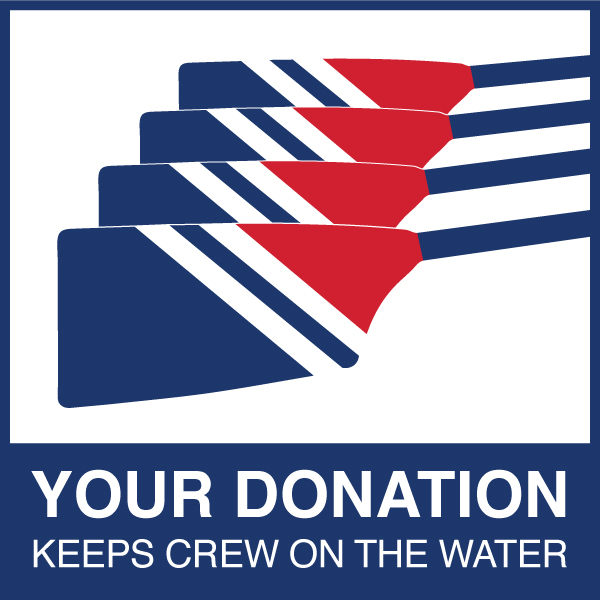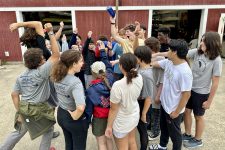As we closeout the 2016 season and start looking to 2017, I want to leave you with some thoughts on fitness and boat/seat placement for those planning to return next season. I received questions on these topics from both rowers and parents … I want to ensure you understand my perspective. This is a bit lengthy, but please read this and ask questions if something is not clear.
First fitness …
To compete well in our sport you must be fit … this includes aerobic fitness as well as strength. Good fitness cannot be achieved over a short period of time, but instead requires a year-round commitment to staying active and exercising regularly. You can do this through participation in other sports or by committing to ~60 minutes of exercise 5 days a week. For those not involved in another sport, find crew teammates with similar interests and schedule time to run, bike, swim, etc., together. Review the body circuit exercises we used in winter conditioning so you can build your own Tabata/body circuit workouts … consider getting a home pullup bar and see how many pullups you can do by the start of the season. Some of you have your own ergs, and we’ll distribute the team ergs to those who would like one. I recommend you set some fitness goals and keep a journal to track your workouts and your progress … include things like your time for a mile run, number of pushups and pullups, 2K and 5K times, etc.
To measure fitness at the start of the season, we’ll use a 2K (2000 meter) erg time. Here are the times to be reasonably competitive:
- Open Weight Girls (above 130 lbs) – The average 150 lb girl should be around 8:00 minutes (we have some girls at this weight below 8:00). For girls above 150 lbs the expectation is that you’ll be faster to compensate for the extra boat drag; below 150, a little above 8:00 would still be OK.
- Lightweight Girls (130 lbs or less) – Expectations here would be 8:20-8:30, although there are lightweight girls out there capable of an 8:00 minute score.
- Open Weight Boys (above 150 lbs) – The average 175 lb boy should be around 7:00 minutes. As with the girls, boys above this weight are expected to be faster; below 175 lbs could be a bit slower.
- Lightweight Boys (150 lbs or less) – Expectations here would be 7:20-7:30. For weights much below 150, the times could be a little slower.
Boat placement (for 2nd, 3rd, and 4th year rowers) …
At the start of our season at Lake Barcroft we’ll assess fitness and try rowers in various seats/shells to look for good rower combinations to assign to shells. As we move to Sandy Run to get ready for the first regatta the coaches will start identifying tentative lineups (specific rowers in specific seats). The desire is to create a cohesive boat lineup that will commit to each other and can compete well in its category. Sometimes this may require tuning the rigging/oars to the specific rower which highlights the importance of attendance to practice with your boat (in your seat). The factors evaluated when deciding who sits where are fitness, individual rowing technique, and ability to row well with others. At this point in the season, as coaches, we have more ability to influence the technical aspects, so fitness becomes a key discriminator … so going back to the fitness words above, if your erg time is competitive you should expect a shot at being in a competitive lineup; however, if your erg time is slower than the above scores, you can expect to be matched up with rowers with similar scores in what could be viewed as “second” boats.
Our goal “in season” is to give everyone chances to compete and we have enough boats/seats to make that possible for 50 rowers/coxswains. However, reality is that absences make getting the full team on the water for every regatta a challenge. If we have an opening in an “upper” boat, we’ll move the next best rower up from a “lower” boat. We’ll continue to enter boats for a regatta until we can no longer make complete combinations … at that point there are often some rowers left who won’t compete that week—these rowers are invariably those with the lowest fitness scores. Week-to-week we’ll tradeoff among those who sat out the previous week so everyone gets to compete at some point, but if you have a slow erg score you likely won’t get the chance to compete every week (or at States and Stotes).
Speaking to the new seniors … there are fewer options with a senior for boat placement. Given our program size we don’t have the equipment or numbers to compete in the upper sweep category, so we’ll normally look to our seniors to be in the sculling boats.
We’re wrapping up a season where a number of our boats were successful at States, Stotes, and Nationals. I’d like to see more of our rowers share in that success in 2017 … and it starts with rowers investing time in themselves to be ready physically for the challenges of the sport.
Coach Mike
